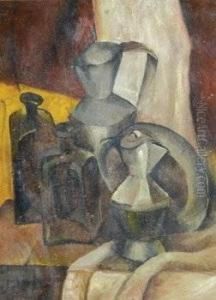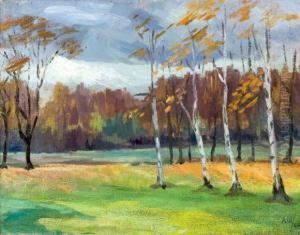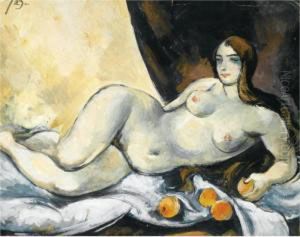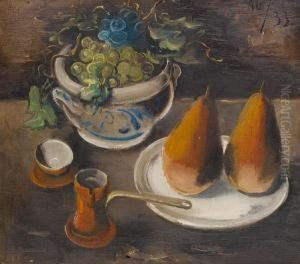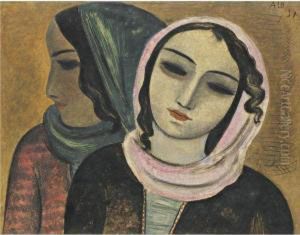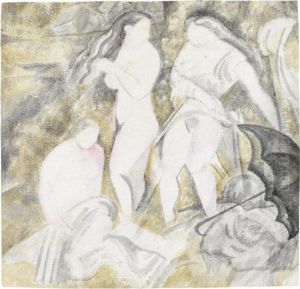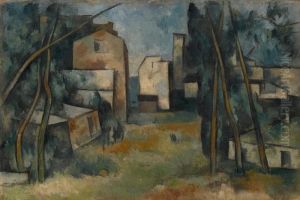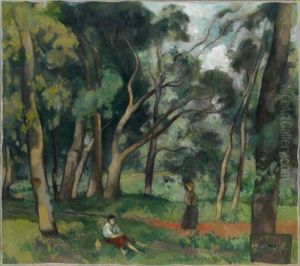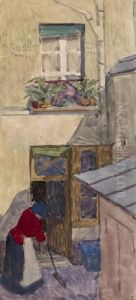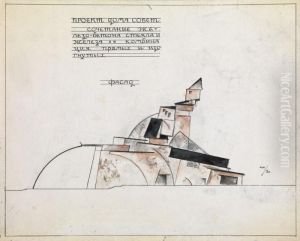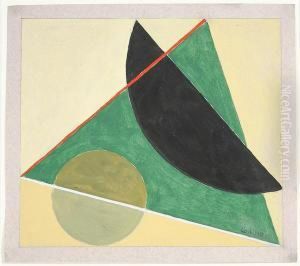Aleksander V. Shevchenko Paintings
Aleksander Vasilievich Shevchenko was a Russian avant-garde artist, painter, and art theorist who played a significant role in the development of Russian Cubo-Futurism during the early 20th century. Born on February 13, 1883, in the Kharkov Governorate of the Russian Empire (now Ukraine), Shevchenko was exposed to art at an early age and began his formal education at the Moscow School of Painting, Sculpture, and Architecture.
After graduating, Shevchenko continued his studies in Paris at the Ecole des Beaux-Arts and the Académie de La Palette, where he was influenced by the burgeoning European avant-garde movement. During his time in Paris, he became acquainted with the works of artists like Pablo Picasso and Georges Braque, which had a profound impact on his artistic direction.
Upon returning to Russia, Shevchenko became actively involved with other avant-garde artists and was a member of several influential groups, including the Jack of Diamonds (Bubnovy Valet) and the Donkey's Tail (Osliniy Khvost). He also participated in the famous 0.10 Exhibition (The Last Futurist Exhibition of Paintings) in 1915, which showcased the works of Russian avant-garde artists and was crucial in the dissemination of Cubo-Futurism in Russia.
Shevchenko's work during this period was characterized by the combination of Cubist fragmentation with dynamic Futurist movement, creating a unique interpretation of the two styles. He was also known for his theoretical writings, which explored the role of art and the artist in society, and he was deeply involved in debates about the purpose and direction of avant-garde art.
With the advent of the Russian Revolution in 1917, Shevchenko's life and career underwent significant changes. He aligned himself with the Bolsheviks' cause and worked on various artistic projects that aligned with their ideology. During the 1920s and 1930s, Shevchenko's style became more aligned with Socialist Realism, the state-mandated art style of the Soviet Union, which emphasized realistic and often idealized depictions of communist values and proletarian life.
Unfortunately, like many of his contemporaries, Shevchenko's career was affected by the repressive atmosphere of Stalin's regime. He faced criticism for his avant-garde past and struggled to conform to the increasingly strict artistic guidelines. Despite these challenges, Shevchenko continued to work and contribute to the Soviet art scene until his death on March 10, 1948, in Moscow.
Aleksander Shevchenko's legacy is one of innovation and adaptation, reflecting the turbulent times he lived through. His early contributions to Cubo-Futurism remain significant in the history of Russian art, and his theoretical writings provide insight into the intellectual currents of the early 20th-century avant-garde.
